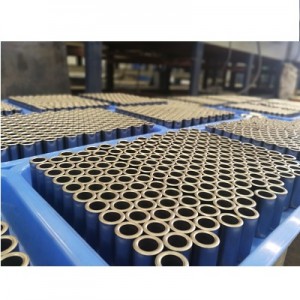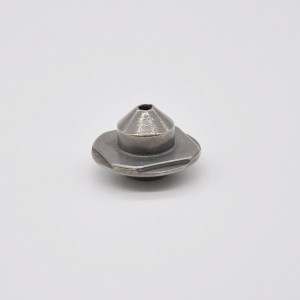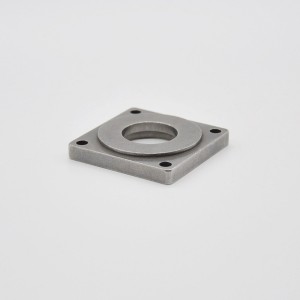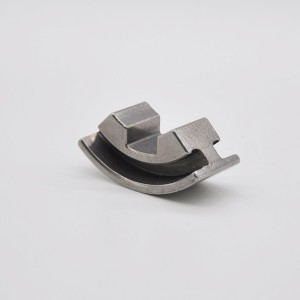Iron-based powder metallurgy bushing
Product Description
Powder metallurgy hexagonal bushing, flange bushing, complex bushing, iron-based bushing, stepped bushing,
The sintered body produced by powder metallurgy using metal powder as the main raw material is inherently porous, and has the technical advantages of being able to freely adjust the number, size, shape and distribution of pores during the manufacturing process.
The advantages of powder metallurgy bushing production:
1. The mass production cycle is short and the cost is low
2. No or only a small amount of cutting is required, and the material utilization rate is high
3. The mold is formed at one time, with small tolerance and high product size consistency
4. The pores can be immersed in lubricating oil, which has good wear resistance and shock absorption ability
5. Can manufacture metallurgical composite materials
6. Most refractory metals and their compounds and porous materials can only be manufactured by powder metallurgy.
7. Diversified processing can be provided according to customer needs










